Top 10 Healthy Foods Loved by Nutritionists
Advertisement
1. Oats
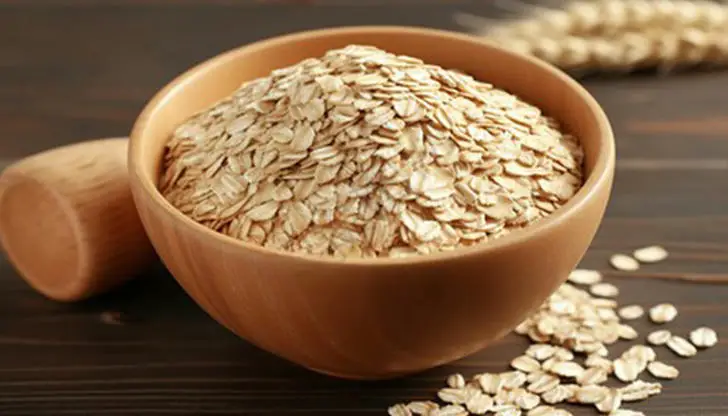
Among all whole grains, my favorite is oats. Its high content of beta-glucan absorbs water and increases the feeling of fullness, which is great for weight control. Additionally, its sticky texture aids in reducing total cholesterol and "bad cholesterol" levels in the blood, a benefit recognized by authoritative organizations in many countries.
Moreover, its smooth texture beats other whole grains, making me particularly fond of oats, and even my kids at home love them too. I often consume oats in the form of instant oatmeal or whole oat grains.
Although instant oatmeal has a high GI of 79, I still eat it quite often for breakfast because it's incredibly convenient – just add hot water and cold milk, and it's ready to eat. I might also boil an egg and blanch some vegetables to help stabilize my blood sugar after the meal. When time allows, I prefer cooking whole oat grains for porridge, which has a lower GI of 55.
2. Soy Milk
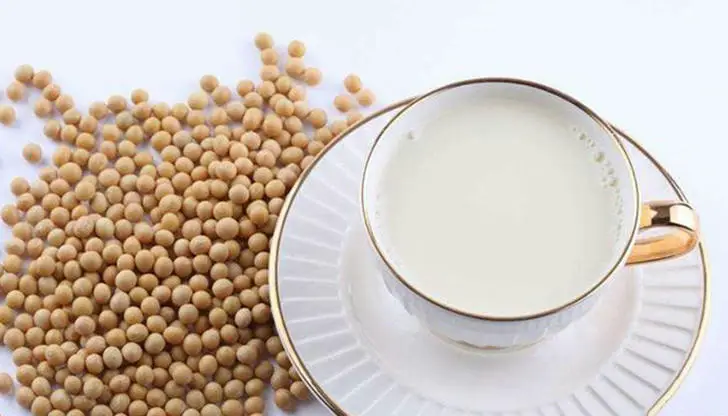
Soybeans not only provide high-quality protein but also contain soy isoflavones, which can regulate estrogen levels bidirectionally, and plant sterols that inhibit cholesterol absorption.
I recommend consuming 15-25 grams of soybeans daily, and they can be made into soy milk. To save time, I boil and freeze the cooked soybeans in separate portions. When I want to drink soy milk, I simply put them in the blender, add some nuts, pour in hot water, and blend for 3 minutes.
3. Spinach
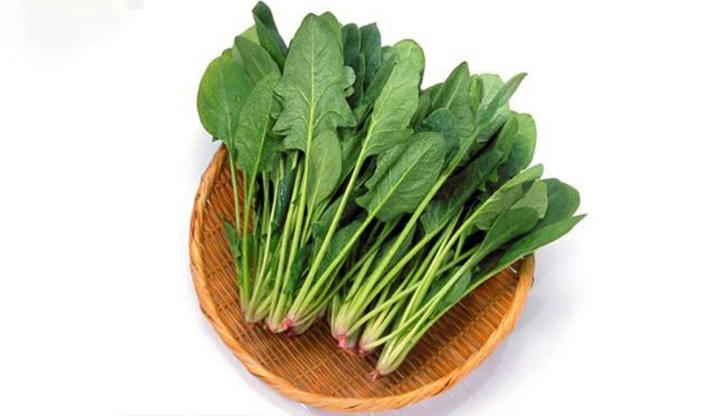
Spinach ranks among the top vegetables in terms of lutein and zeaxanthin content, which are the most abundant pigments in the macula of the eye. Its beta-carotene content is also commendable, as it can be converted into vitamin A, which is beneficial for eye health. For office workers like me who strain their eyes, spinach is incredibly eye-friendly.
Furthermore, it is rich in vitamin K, which promotes calcium deposition, vitamin C, which aids in iron absorption and collagen synthesis, and alpha-tocopherol, an antioxidant.
Boiling spinach for 1 minute and turning it into a salad provides a highly nutritious daily intake of 1-2 handfuls.
4. Cherry tomatoes
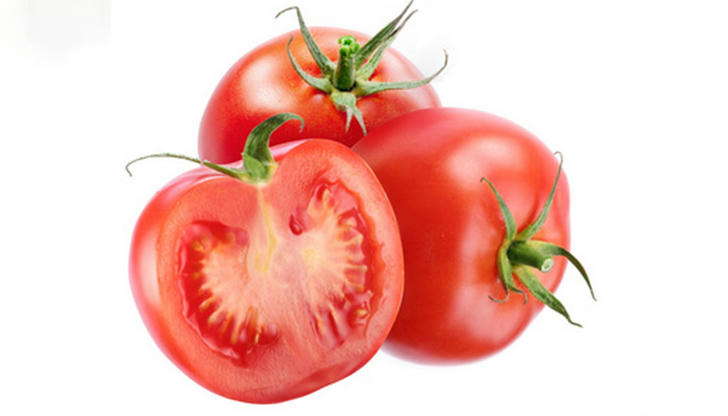
To control my weight, I rarely buy unhealthy snacks, but cherry tomatoes are always stocked in my refrigerator. They have a sweet and tangy taste similar to fruits compared to vegetables. Additionally, they have lower energy and sugar content when compared to most fruits. Whenever I feel tired from work or have cravings, I grab a handful of cherry tomatoes.
Moreover, they are rich in vitamin C, with a content of 33 milligrams per 100 grams. They also contain lycopene, and although its bioavailability is higher in cooked tomatoes, I still enjoy blending them into smoothies and consuming them in larger quantities.
5. Berries
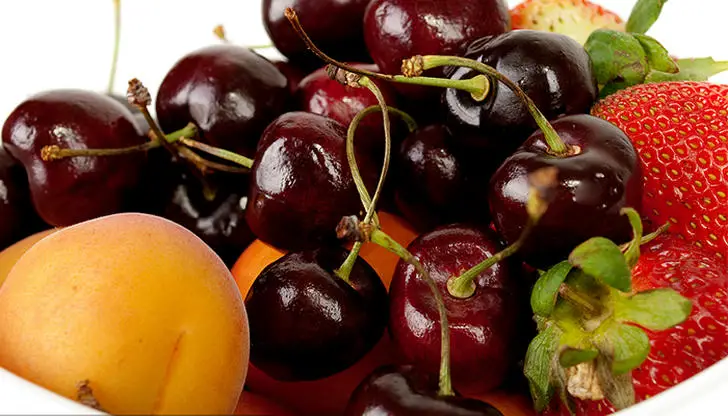
I simply adore strawberries, kiwis, and blueberries – these three berries are my favorites. I eat strawberries almost every day in spring, and in autumn and winter, kiwis and blueberries are frequently on my menu.
Their soft and sweet taste captivated me and my family. Moreover, from a nutritional standpoint, strawberries and kiwis are rich in vitamin C, while blueberries are packed with anthocyanins. Eating them daily ensures a powerful antioxidant and anti-inflammatory effect.
6. Walnuts
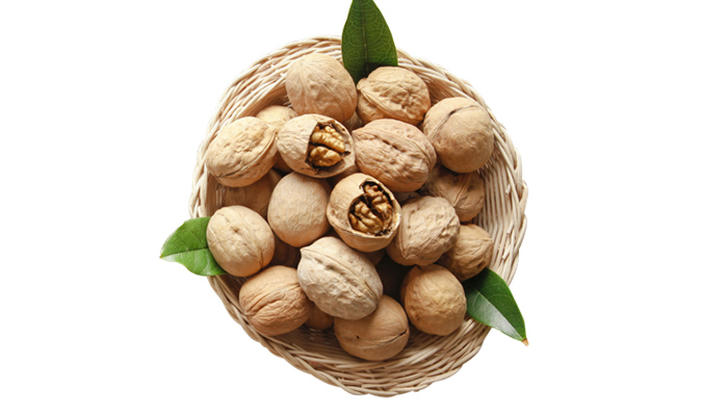
Normally, I don't eat nuts often, as I usually use flaxseed oil. As the body cannot synthesize alpha-linolenic acid, I add walnuts to the soy milk when I make it, as they are rich in alpha-linolenic acid.
I choose walnuts with shells and peel them before use. I don't remove the thin membrane inside, and since the beans used to make soy milk are frozen, although hot water is added during blending, the temperature doesn't get too high, so it doesn't significantly damage the alpha-linolenic acid and flavonoids, which are antioxidants.
7. Pork Leg Meat
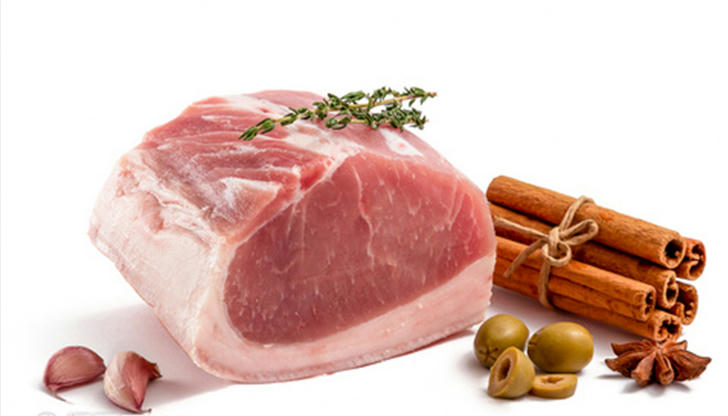
Pork leg meat is the most commonly consumed red meat in my family. Compared to other parts of pork, it contains lower levels of saturated fatty acids, and the fat and lean meat are well-distinguished, making it easy to remove the surface fat when cooking. Although red meat consumption should be limited, lean pork is rich in iron and vitamin B1, and considering its affordability, we consume it the most.
8. Eggs
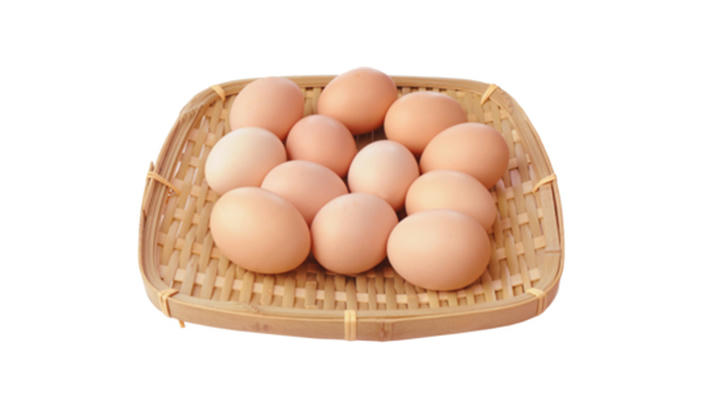
Having one egg each in the morning has become the dietary pattern in my family. Its protein is the most perfect among all foods and has a particularly high absorption rate. I mostly eat boiled eggs, but since my child doesn't like egg yolk, I also make him steamed egg custard, and occasionally fried eggs.
9. Milk
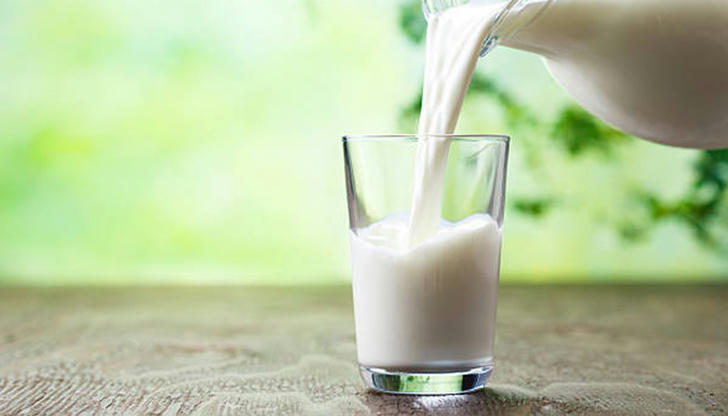
Besides eggs, milk is a must-have for breakfast. Milk is packed with essential nutrients such as calcium, vitamin D, protein, phosphorus, potassium, and vitamins A and B12. These nutrients play a crucial role in supporting overall health and proper body function.
10. Norwegian Mackerel
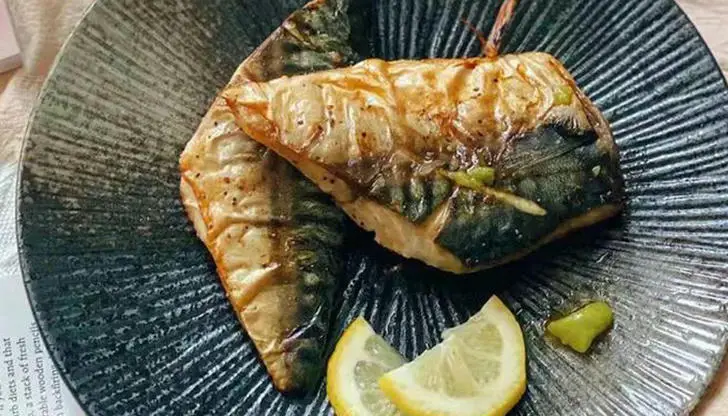
Norwegian mackerel, also known as Atlantic mackerel, beats salmon when it comes to DHA content. The DHA content in mackerel is 27% higher than in salmon, yet it is only half the price, making it a fantastic value for money!
A simple pan-fry with its chewy texture and aromatic flavor leaves you fully satisfied, and you won't crave any other fish after trying it.



